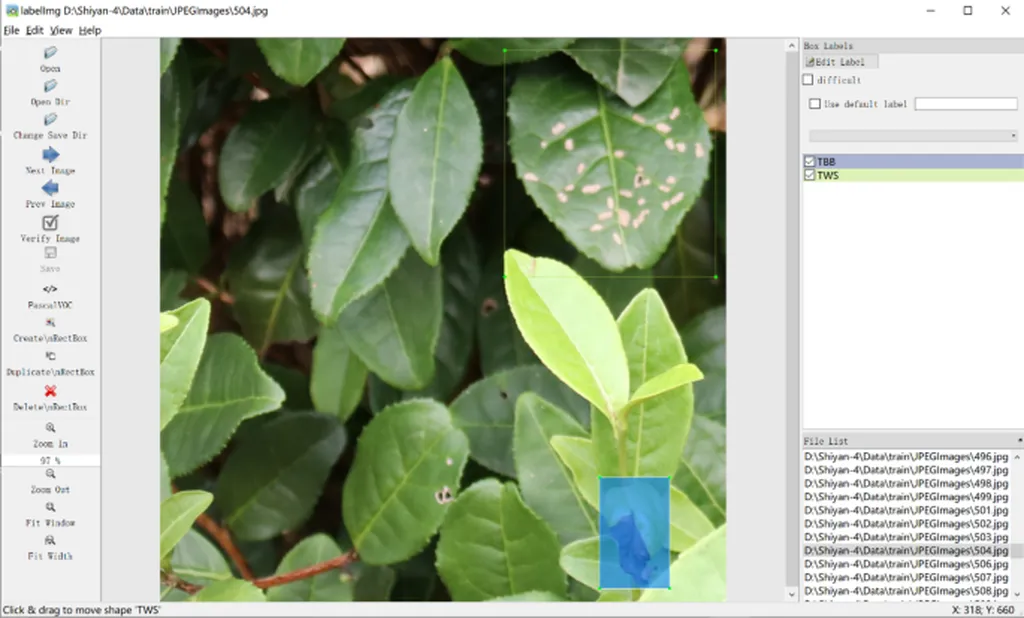In the ever-evolving landscape of smart agriculture, a groundbreaking development has emerged from the School of Economics and Management at Anhui Agricultural University. Researchers, led by Shuangxi Xiao, have introduced a novel disease identification method for tea leaves that promises to revolutionize the way we approach plant health monitoring. This innovative model, named MobileNetV2-GCA-LS, is set to redefine the standards of accuracy and efficiency in agricultural technology.
The challenge of balancing accuracy and efficiency in disease detection has long plagued the agricultural sector. Traditional deep learning models, while powerful, often require substantial computational resources, making them unsuitable for deployment on resource-constrained embedded devices commonly used in the field. Xiao and his team have addressed this issue head-on by proposing a lightweight yet highly accurate recognition model.
The MobileNetV2-GCA-LS model incorporates two key innovations. First, a novel ghost coordinate attention (GCA) module was designed to enhance the feature representation of critical disease areas. This module integrates the positional sensitivity of coordinate attention with the computational efficiency of GhostNet, ensuring that the model can pinpoint disease areas with precision. Second, the label smoothing (LS) regularization strategy was employed to optimize the training process and improve the model’s generalization capability. This ensures that the model remains robust and reliable across diverse datasets.
The results speak for themselves. The proposed model achieved a recognition accuracy of 94.54% and an F1 score of 94.29% on the test set, significantly outperforming comparison models including MobileNetV2, MobileNetV3-Small, EfficientNet-B0, ResNet50, and GhostNet. “Our model not only excels in accuracy but also maintains low complexity with 2.608 9×106 parameters and 0.334 7×1010 floating point operations (FLOPs) of computational cost,” Xiao explained. This makes it feasible for deployment on resource-constrained devices, a critical factor for practical application in the field.
The implications of this research are far-reaching. In an industry where early disease detection can mean the difference between a bountiful harvest and significant losses, the ability to accurately and efficiently identify tea leaf diseases is invaluable. “This provides a practical technical solution for intelligent monitoring and precise control of plant diseases in smart agriculture,” Xiao added. The model’s efficiency and accuracy make it a strong candidate for integration into existing agricultural systems, potentially transforming the way farmers monitor and manage crop health.
The research was published in the journal ‘Huanan Nongye Daxue xuebao’, which translates to ‘South China Agricultural University Journal’. This publication is a testament to the rigor and significance of the work conducted by Xiao and his team.
As we look to the future, the potential for this technology to shape the agricultural sector is immense. The ability to deploy lightweight, high-accuracy models on resource-constrained devices opens up new possibilities for precision agriculture. Farmers and agricultural businesses can expect more efficient monitoring systems, reduced crop losses, and ultimately, higher yields. This research not only addresses current challenges but also paves the way for future advancements in smart agriculture, ensuring that the sector remains at the forefront of technological innovation.

